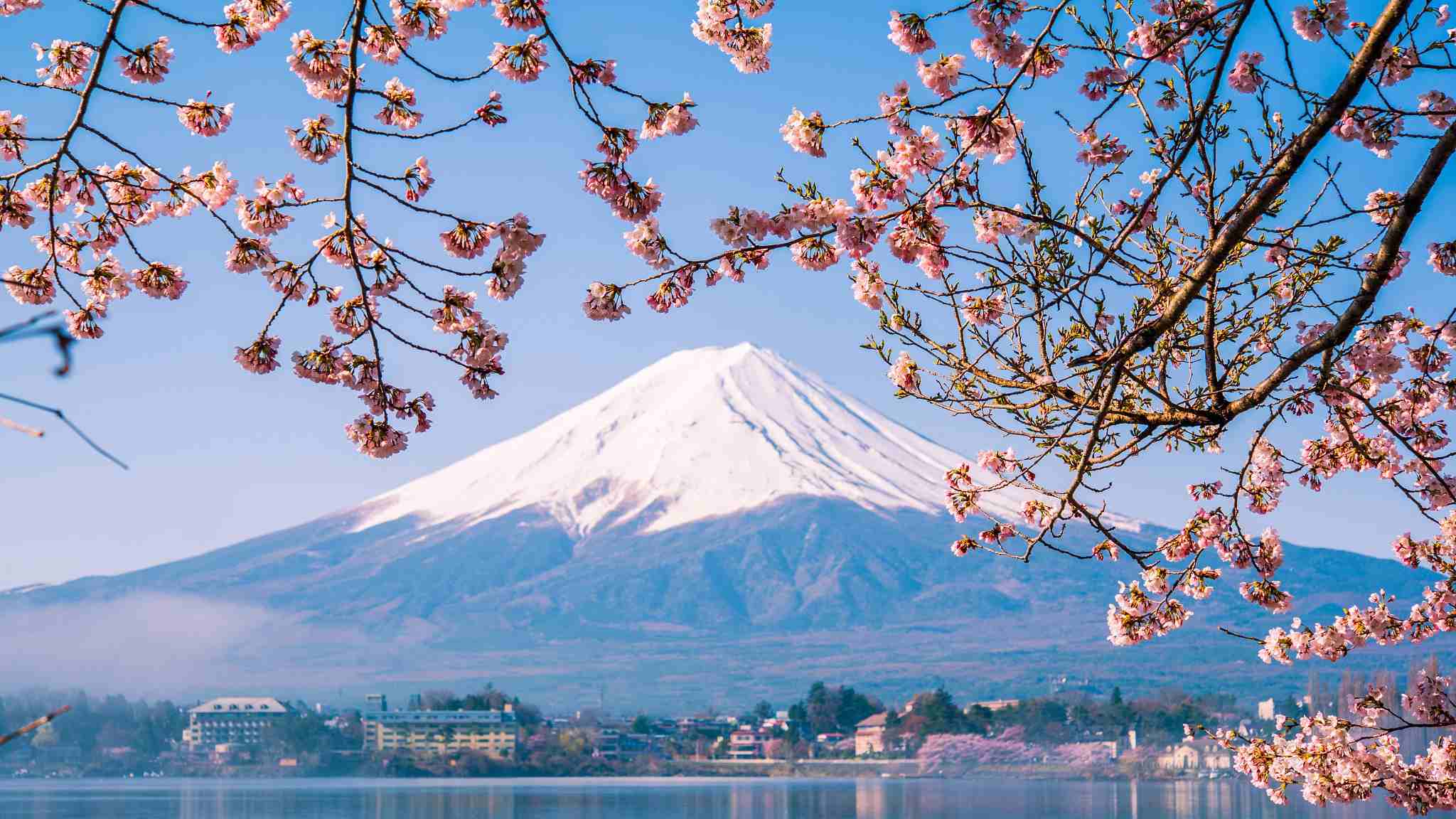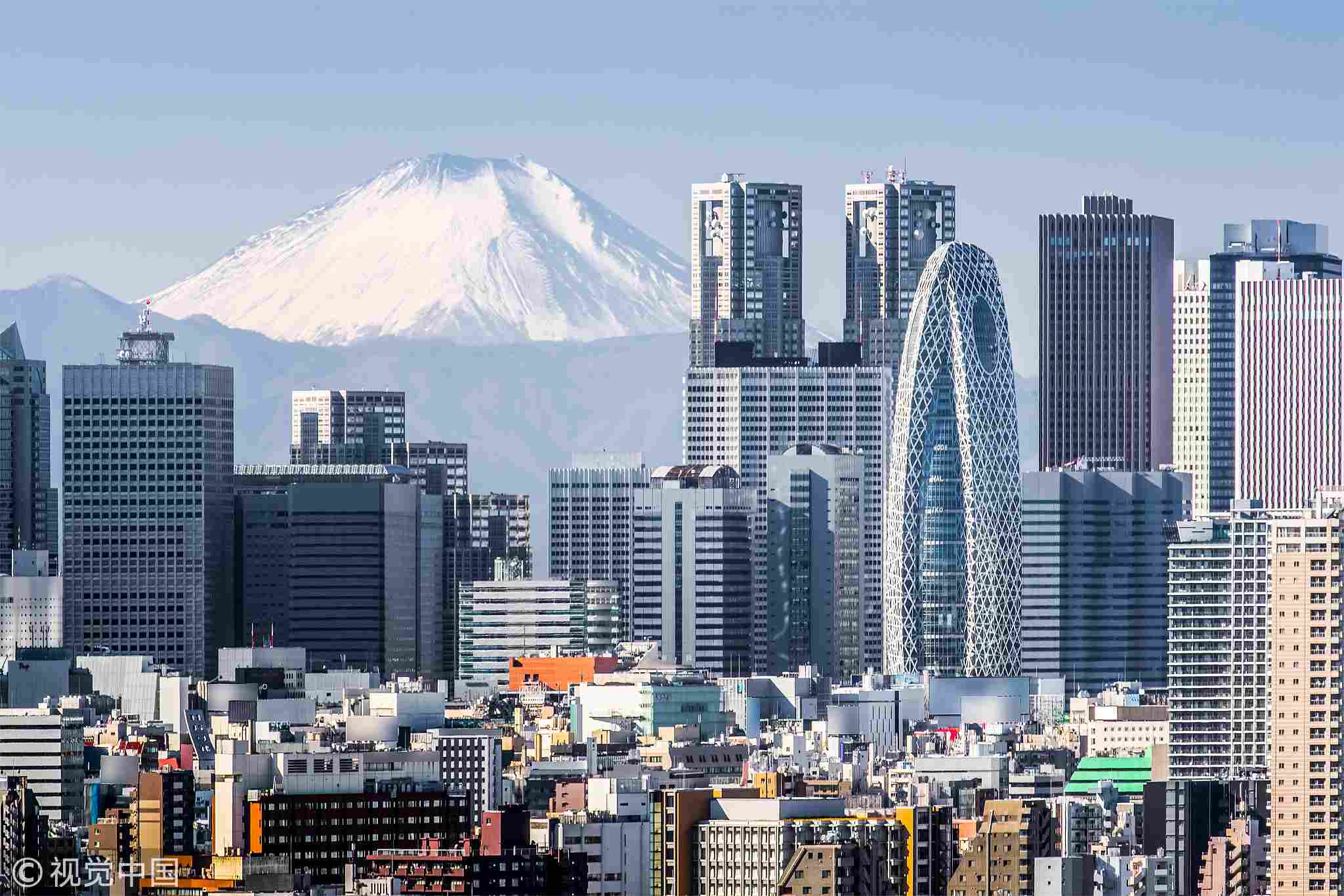
Travel
15:33, 22-Jun-2018
Mount Fuji to limit the number of daily hikers next summer
By Wang Xuan

Japan's Mount Fuji will enforce a daily hiker limit starting next summer, according to officials in Shizuoka and Yamanashi prefectures.
Under the plan, hikers would be limited to 4,000 climbers a day on the Yoshida trail in Yamanashi prefecture – a 12 percent decrease compared to the busiest day last year, and 2,000 on the Fujinomiya trail in Shizuoka prefecture – a 25 percent reduction.
Responding to a call by UNESCO that Mount Fuji should protect this world heritage site from the potential devastation on the mountain’s natural environment due to the large congestion every day.
In 2017, the number of climbers per day peaked at 4,544 on the Yoshida trail, and 2,656 on the Fujinomiya trail during the July-September climbing season, according to the Environment Ministry.
Both the Yamanashi and Shizuoka prefectures have analyzed climber numbers and determined the maximum visitor numbers based on a ratio of 1.25 climbers per sqm on the trails. This proposal would prevent climbers from bumping into each other and ease congestion along the Yoshida and Fujinomiya trails.

Mount Fuji, also known as Fujisan, stands on the border between Yamanashi and Shizuoka prefectures and can be seen from Tokyo on clear days. /VCG Photo
Mount Fuji, also known as Fujisan, stands on the border between Yamanashi and Shizuoka prefectures and can be seen from Tokyo on clear days. /VCG Photo
Mount Fuji was registered as a UNESCO world cultural heritage site in 2013. As a place of scenic beauty and one of Japan’s most historic sites, Mount Fuji has "inspired artists and poets and been the object of pilgrimage for centuries," according to UNESCO. There are 25 sites within the Mount Fuji locality which reflect the essence of its sacred and artistic landscape.
In the recent prefecture meeting on June 18, a daily hiker limit, a road toll, a prohibition of the night access to the mountain and the closures of up to five hiking routes were called to action by all units involved including police department, local residents and travel agencies.
Additionally, a “traffic forecast calendar” will be released, and climbers will be suggested to avoid typically crowded times such as weekends and holidays.
The details of the plan and an appropriate number of the daily hiker limit will be officially reported to UNESCO by the end of November.

SITEMAP
Copyright © 2018 CGTN. Beijing ICP prepared NO.16065310-3
Copyright © 2018 CGTN. Beijing ICP prepared NO.16065310-3